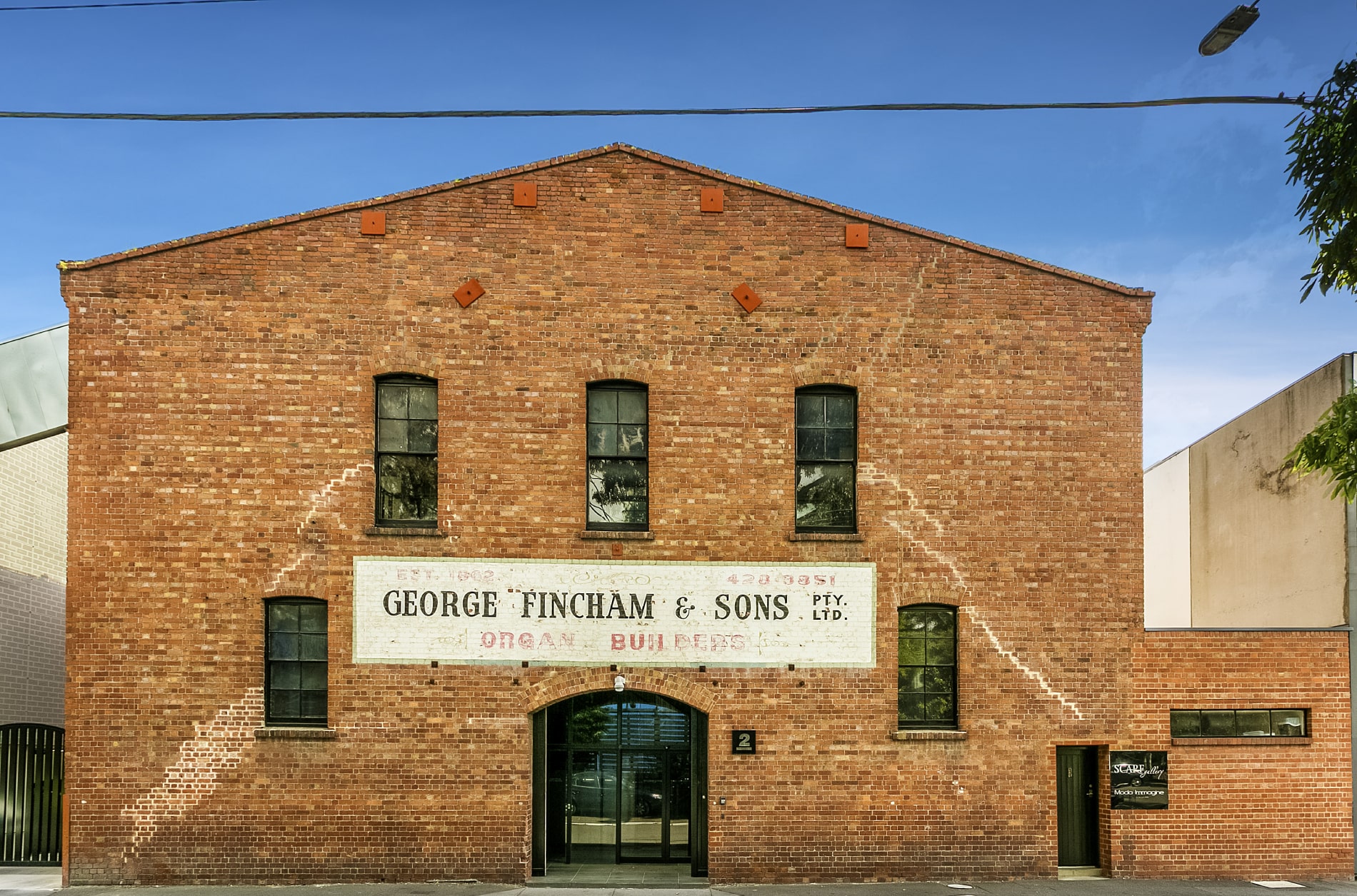As inner-city offices adjust to record breaking vacancy rates across the capital cities of Australia, the commercial property market has seen an immediate shift towards suburban and rural offices that offer more resilience against the ongoing pandemic. For reasons of cost, consistency, and accessibility, establishing your companies Head Office out of the city centre boasts tremendous benefits however experts suspect, once a vaccine is available, the trend is poised to reverse sending employees and business owners hurdling back to the city fringes. Daniel Liberman has experienced a higher demand for office space in the suburbs particularly from tenants that are relocating out of the CBD.
Relocation from city centres for many businesses comes as a result of an imperative cost-cutting exercise to stay afloat but planning for a move to the outer suburbs has allowed business owners and commercial agents to consider the potential of a non-CBD postcode. Recent ABS data shows capital cities saw their biggest internal migration numbers since 2001 with a total of 11,247 people leaving capital cities in the last quarter of 2020 prompting many employers to consider the higher value office designs in less expensive areas. For government enterprises as well, who comprise a large number of the vacancy rates, Essendon Fields Business Park chief executive Brendan Pihan told Commercial Real Estate “the campus-style setting at Essendon Fields means we can deliver high-quality offices with large floor plates, ample onsite parking, and where it’s practical to encourage workers to take the stairs and avoid waiting for lifts.” As this trend is accelerated by the already popular the ‘hub and spoke’ approach – that gives staff the option of working from home, the office, or at their clients’ premises, offices are likely to disperse to regional areas in aid of providing employees with more consistent working conditions and themselves with a better value premises to conduct business.
The good news for commercial property investors is the inner-city markets, including hubs such as: East Melbourne and Parramatta now have ample office space available for lease as vacancy rates for both areas increased during 2020. CBRE’s office leasing director Mark Martin further told Commercial Real Estate “Over the past six months, enquiry has generally been for smaller tenants of 200 sq m to 400 sq m, with demand exclusively for fitted space on shorter terms, typically three to five years,”. The shift in vacancy rates and appetite towards smaller offices on shorter lease terms encourages commercial agents to invest in the city-fringe offices with flexible terms to invite a new class of tenants to reinvigorate the dwindling areas.
There is mounting confidence that the shift to regional Australia is unsustainable and once a vaccine is rolled-out, the trend will reverse highlighting the importance of a centralised office location in an economy less captive to a public health crisis. As quick to react as Australians have been, the Australian National University demographer and social research Dr Liz Allen said she believed once the coronavirus vaccine roll-out was complete the trend would reverse. “What happens when people get to the regions and people want staff to return to their offices… people who are moving will also soon realise there is an inadequate level of resourcing in regional cities, including education, health and employment.” An optimistic view suggests a vaccinated Australia will bear the fruit of a business-as-usual landscape whereby CBD’s can retain long term and loyal tenants looking to provide economic opportunity.
As the impending vaccine roll-out seems to be the last piece of the puzzle to fall, it is certain that there is opportunity for commercial real estate investment in inner-city hubs as droves of Australians continue to flock to regional areas to temporarily resolve the rigmarole of snap lockdowns and health risks of high-density areas.
